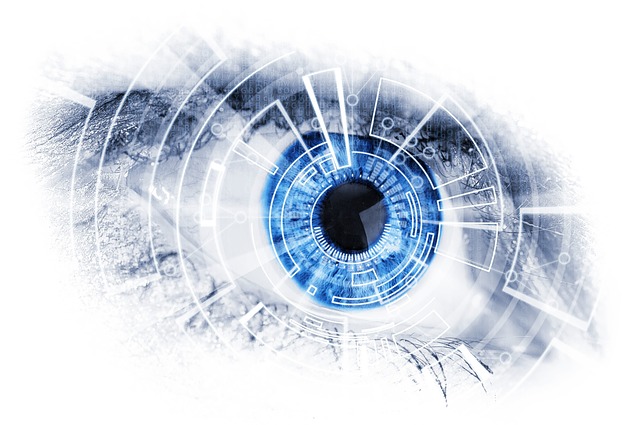Researchers Santhosh Ramakrishnan, Dinesh Jayaraman, and Kristen Grauman were successful in creating general purpose machines that are able to gather visual information. Unlike traditional “seeing robots”, these new robot agents are able to enter environments, and learn useful patterns through the visual input they receive.
Such robot agents are no longer just taking pictures of a location at random. Like a tourist, the machine has learned to take a few snapshots at different directions, with each shot adding at least 20% of new information so that human agents can reconstruct the 360-degree view of the entire scene. This system is useful for search and rescue operations which are too risky for human operatives.
Why It Matters
At first glance, this innovation seems harmless – it is nice to know that such a technology is now available, but it doesn’t feel like it is a major milestone for AI development. Not until one discovers that new optical microchips have already been developed [see Researchers Take A Step Towards Better Computers With New Light-Based Microchip].
Among humans, the eyes are instrumental in the formation and development of neurons. It enables us to connect with our surroundings, perceive our movements, and assess our situations. In a way, our eyes support our minds so that it stays awake and alert. The visual input we get through our sight helps us make contextual decisions, and enables us to act on these decisions. If the goal is to create robots that have the capacity for self-determination, then providing it with the capacity to see like humans, is of primary importance [Already, robots have the capacity to move like humans. To know the implications of this development, read Atlas And The Quest For A Human-Like Robot].
It is important to note too, that while this new technology may have important implications for human safety, it is more beneficial to military operations than for day-to-day rescue. It can be most useful in covert operations. Unlike human agents, these robots can be sent to danger zones, gather data about the enemy camp, and return data to base in minimal time, and at least casualty. Through this technology, armed forces can create better battle plans since spaces can be accurately mapped. Of course, needless to say, this technology can very easily be deployed to spy on citizens.
For a long time, AI developers have been saying that technologies are geared toward greater social justice, and the promotion of democracy and equality. But this technology says other wise.
A quick search online will reveal that much of the funding for AI research is focused on the development of hardware and software aiming to pave the way for artificial general intelligence (AGI). This, despite many tech experts sounding the warning against the creation of AGI without the resolution of the alignment challenge. While tech experts have agreed not to develop AI-based military technologies, it is governments (with the help of several big corporations) that continue to fund such efforts. How then can AI be used for social good, if the very sphere of society tasked at safeguarding citizen interest is preoccupied with the development of unsafe, and unregulated technologies?
Read Original Article

Read Online
Click the button below if you wish to read the article on the website where it was originally published

Read Offline
Click the button below if you wish to read the original article offline.
You may also like
-
Neuralink Claims First Successful Implantation of Wireless Brain Chips In Humans
-
The continuing research on Brain-Computer Interfaces
-
Human augmentation: Making your brain hackable
-
Meta Is Making a Monster Supercomputer for the Metaverse
-
Ray-Ban and Facebook create glasses that can capture and share media
